1. Radish
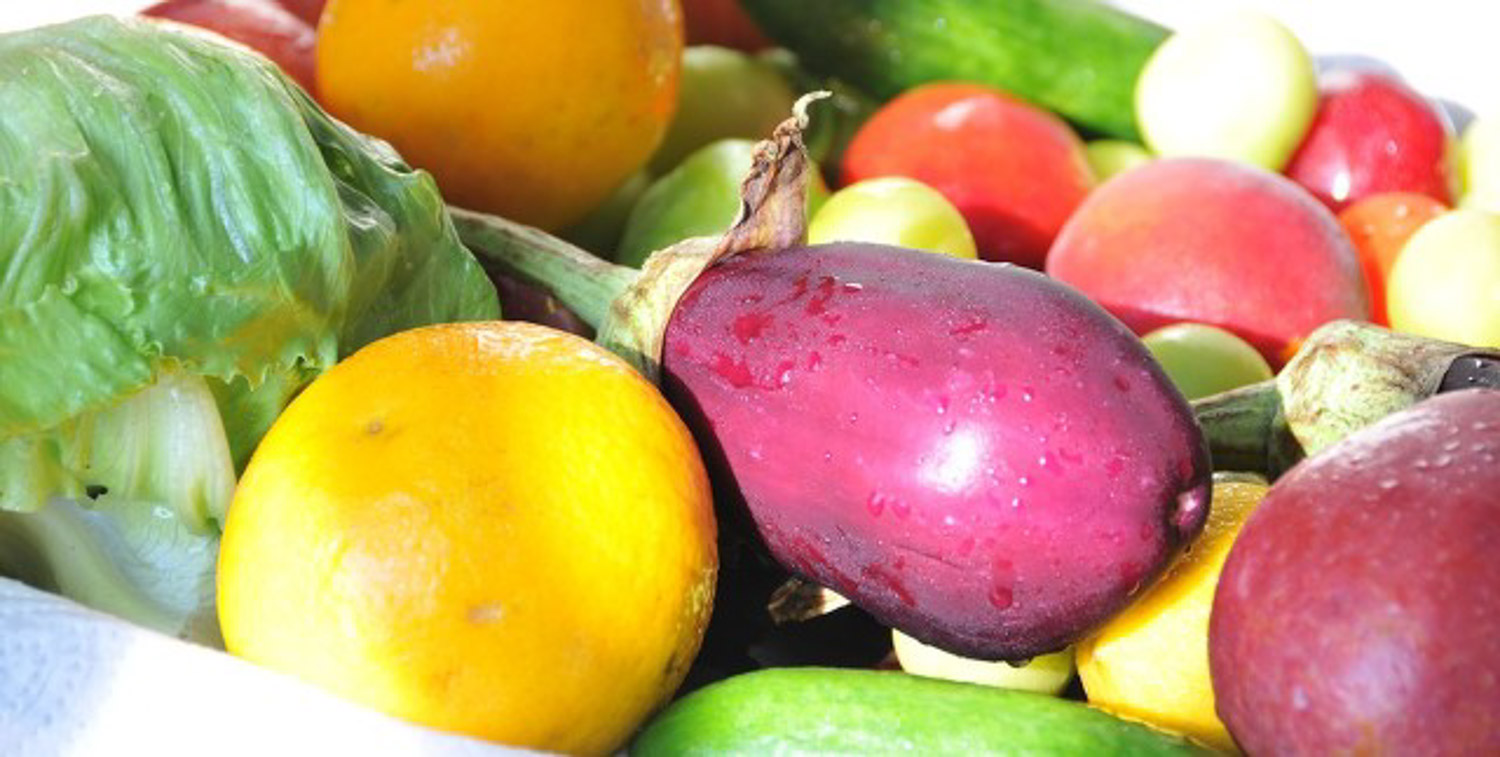
1. Choose healthy and fresh radishes, white radishes and carrots. Immerse the root of the radish in the water culture bottle, which can be used as a whole
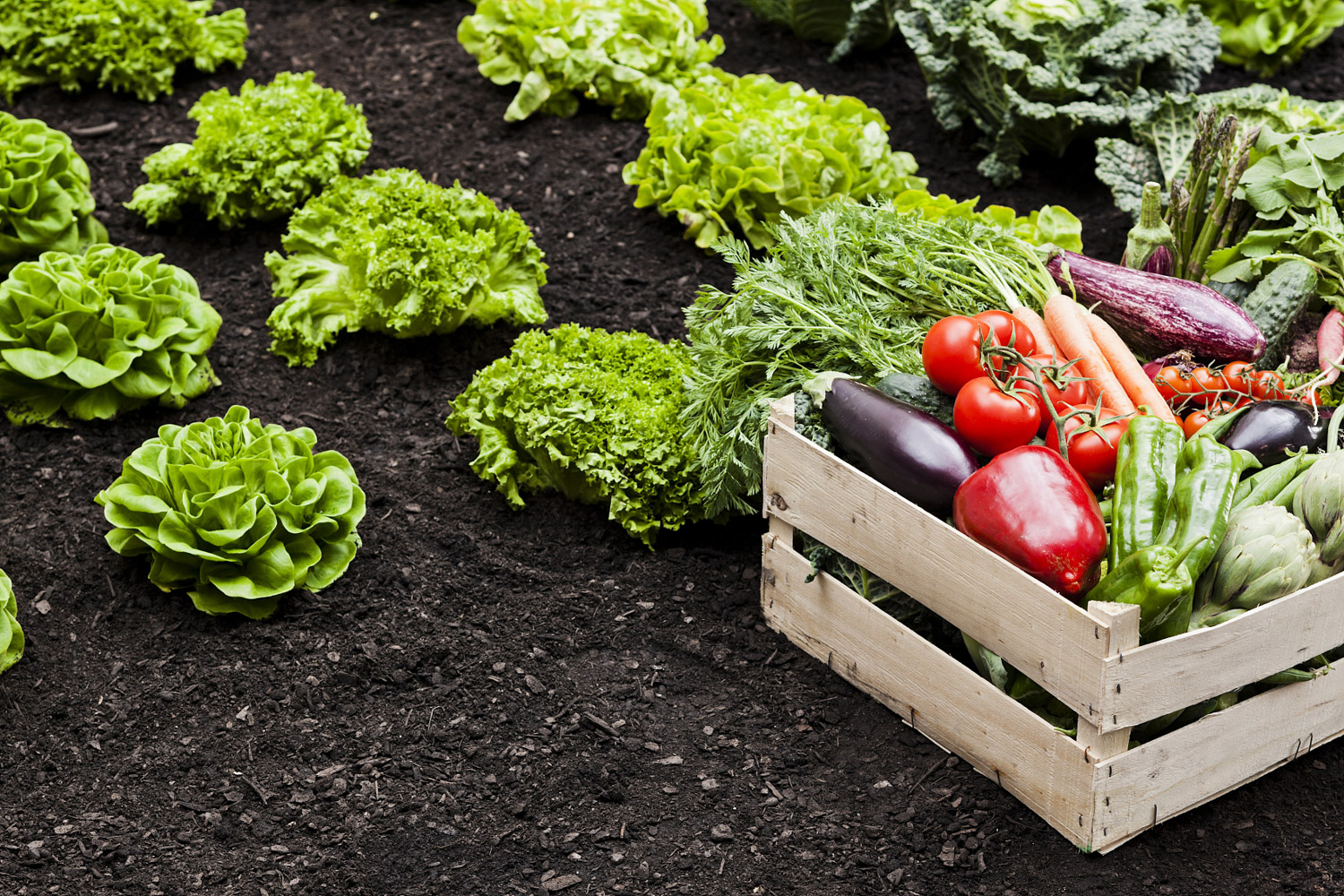
2. You can also use the peeled carrot head and put it flat in a plastic cup with water, and the water level is about 1cm
3. Put it where there is scattered light. Buds can grow in about 7 days. When the branches and stems grow a little higher, they will grow a string of small flower buds and open pink purple flowers, which is very fresh
2. Cabbage
1. Keep the leftover cabbage head at home and don't throw it away. Find a wide mouth bottle, fill it with water and put the head of cabbage on the mouth of the bottle. When you see less water, add some to keep the water level at 1 / 3 of the root system
2. Put it in a sunny place and change the water once every four days. Soon, the cabbage head will draw out tender flower buds. Flowers are as elegant as daffodils
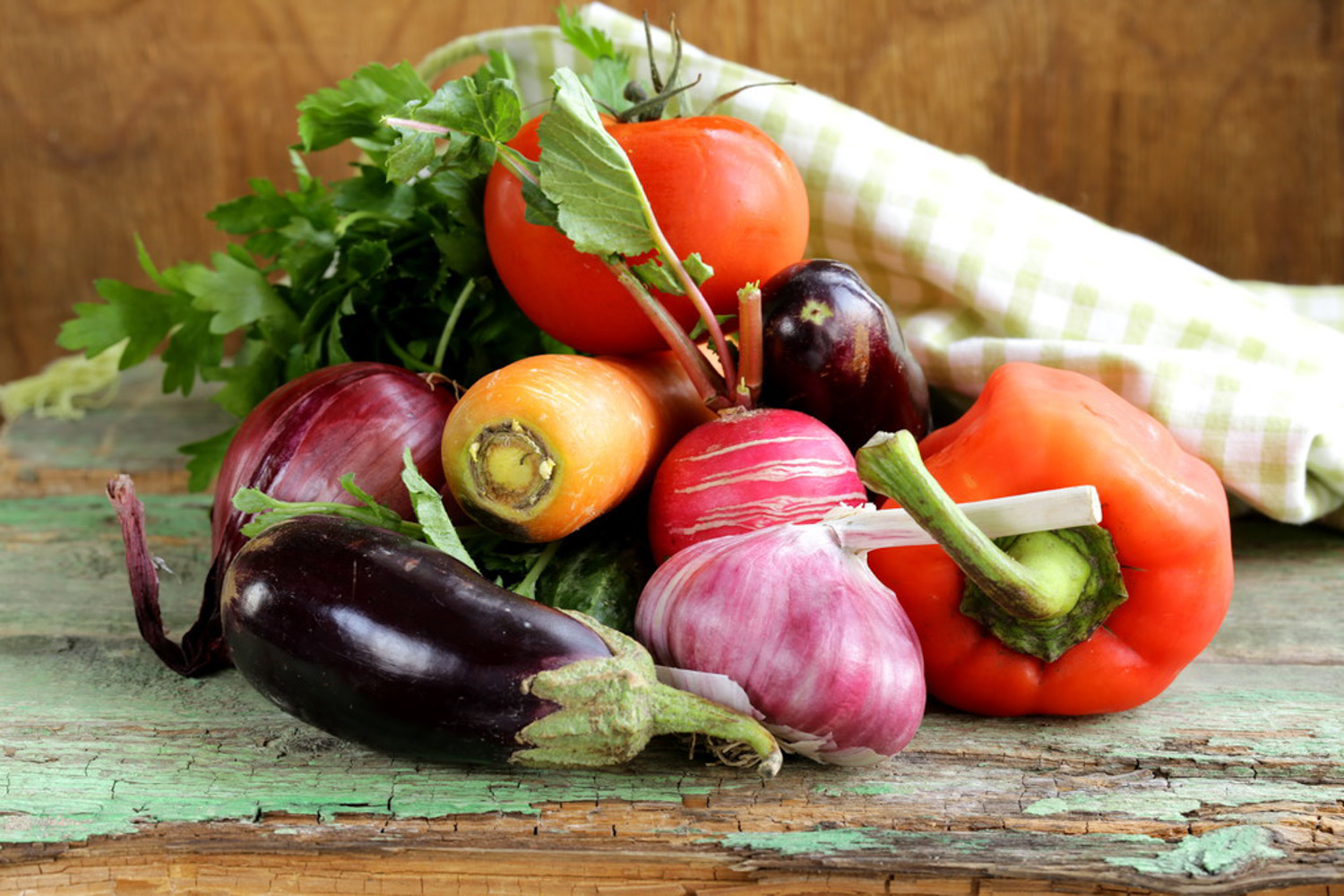
3. Sweet potato

1. Choose sweet potatoes with smooth, beautiful and healthy surface. Then insert a toothpick, support it at the mouth of the bottle and add water to induce roots
2. Be careful not to immerse your head in the water by mistake, otherwise you will not only lose your hair roots, but also rot
If you can't distinguish the head from the tail, please refer to the method on the right in the figure below, place the sweet potato flat, and the water level shall not exceed the tip of the head and tail of the sweet potato

3. Put it in a place with astigmatism and ventilation. In about a week, sweet potato took root and sprouted. Add water when you see no water on the way
4. After rooting, coarse sand can be added to make interesting bonsai. After 3 weeks, sweet potato leaves will grow wildly. You can take off the leaves and fry them
You can also let it climb the vine, and the effect is not inferior to that of lvluo

4. Taro
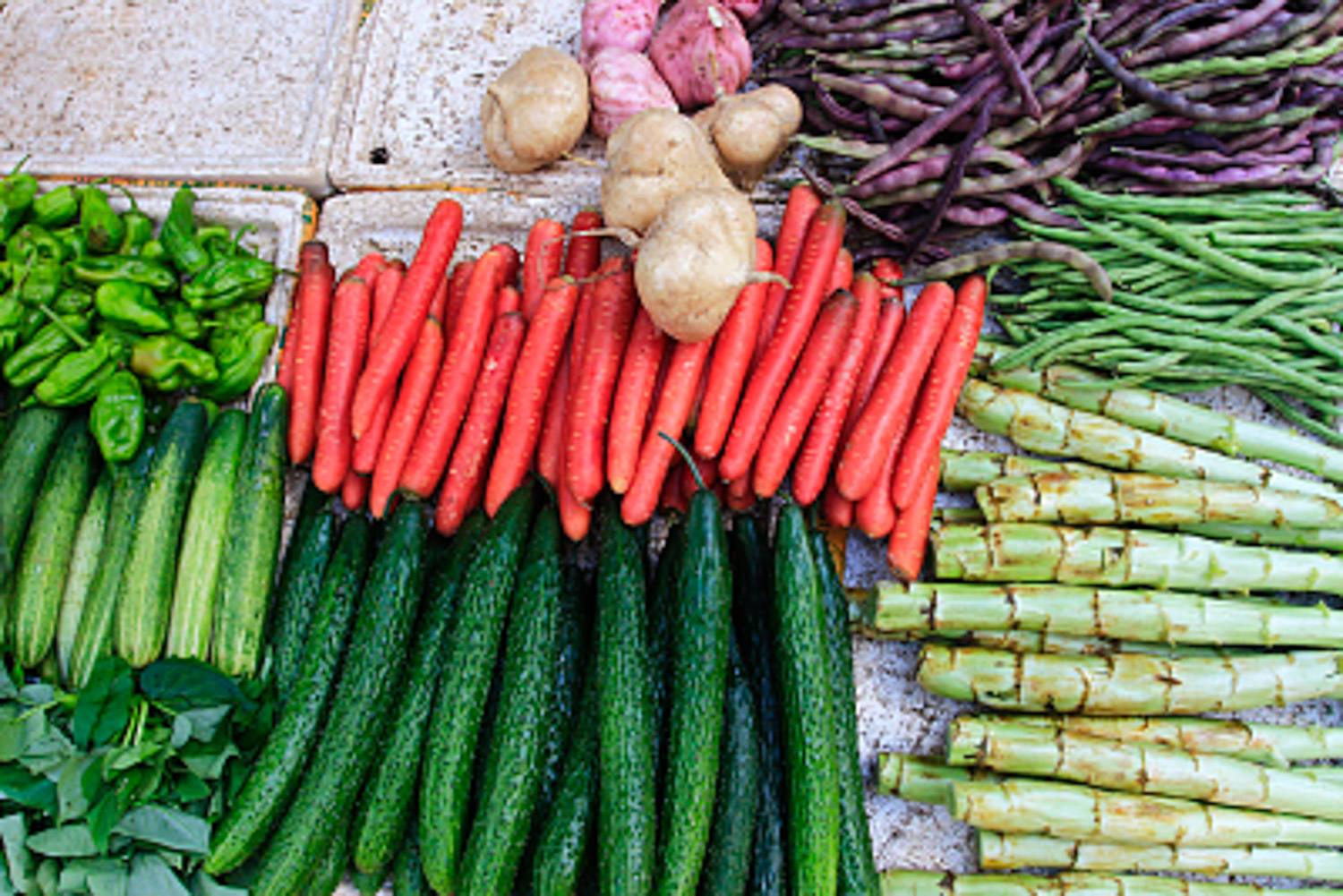
1. Pick some healthy and good-looking taros on the market

2. Find a plate, add water and immerse the bottom of the taro. Add water when there is less water. After growing roots, pay attention to keep the water level not below all roots when adding water

3. Move to the balcony, give full sunlight, and soon you can pump seedlings and grow leaves. The appearance of the leaves after stretching is somewhat similar to that of Dishui Guanyin

5. Lotus root

1. When you buy several sections of vegetable lotus root in the market, you should pay attention to selecting healthy and complete ones

2. Prepare a small tank, put garden soil, river sand and pond mud on the bottom for mixing, and add water to make it into mud. Bury the lotus roots in the mud
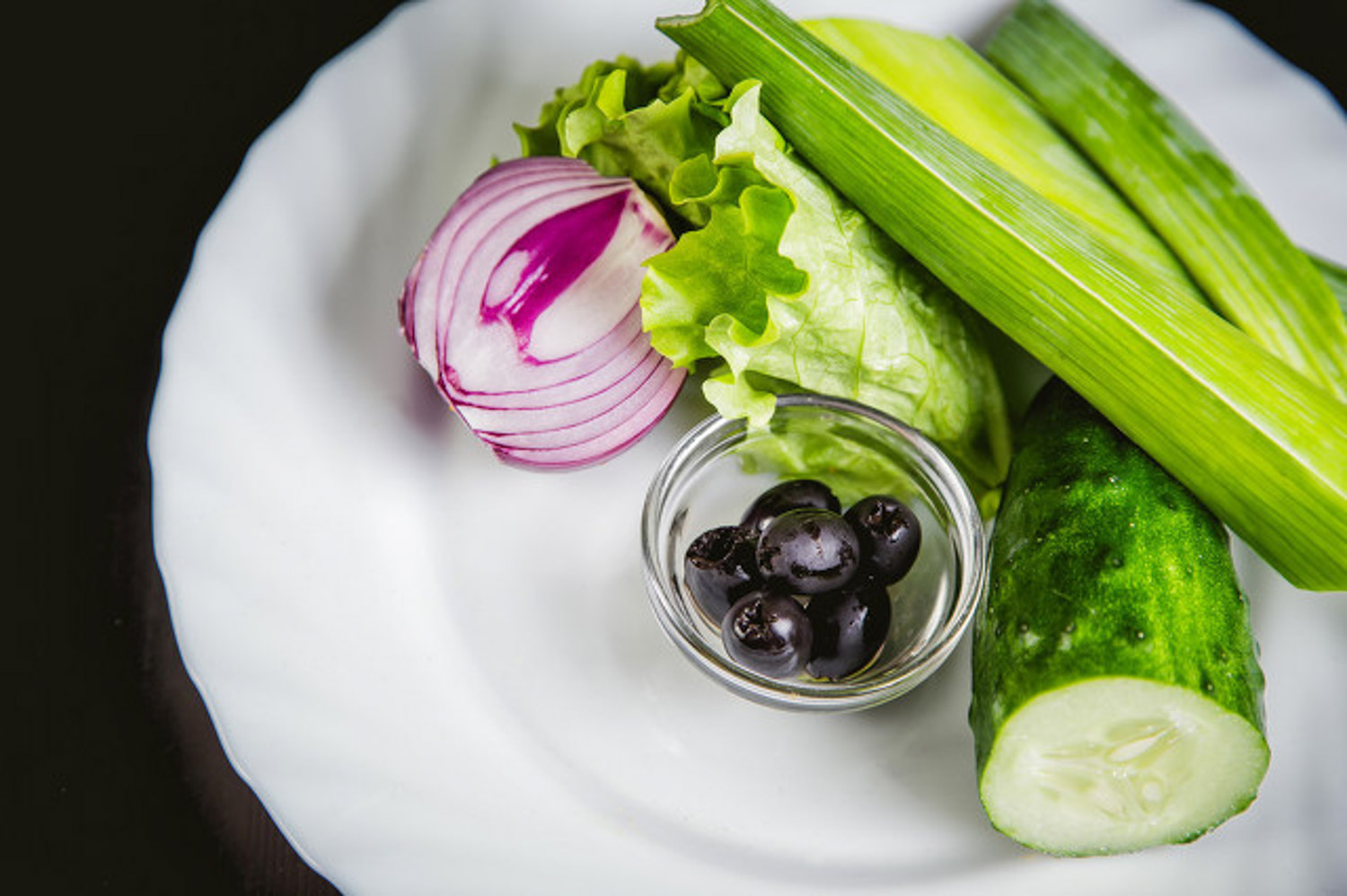
3. Move to a well lit and ventilated location. Soon the lotus root stretched out its branches, stems and leaves from the mud

4. If you are worried about mosquitoes raging in the water, you can put a few small fish in it. It can not only eat mosquito larvae and increase fertility, but also increase ornamental


 how many times do yo...
how many times do yo... how many planted tre...
how many planted tre... how many pine trees ...
how many pine trees ... how many pecan trees...
how many pecan trees... how many plants comp...
how many plants comp... how many plants can ...
how many plants can ... how many plants and ...
how many plants and ... how many pepper plan...
how many pepper plan...



























